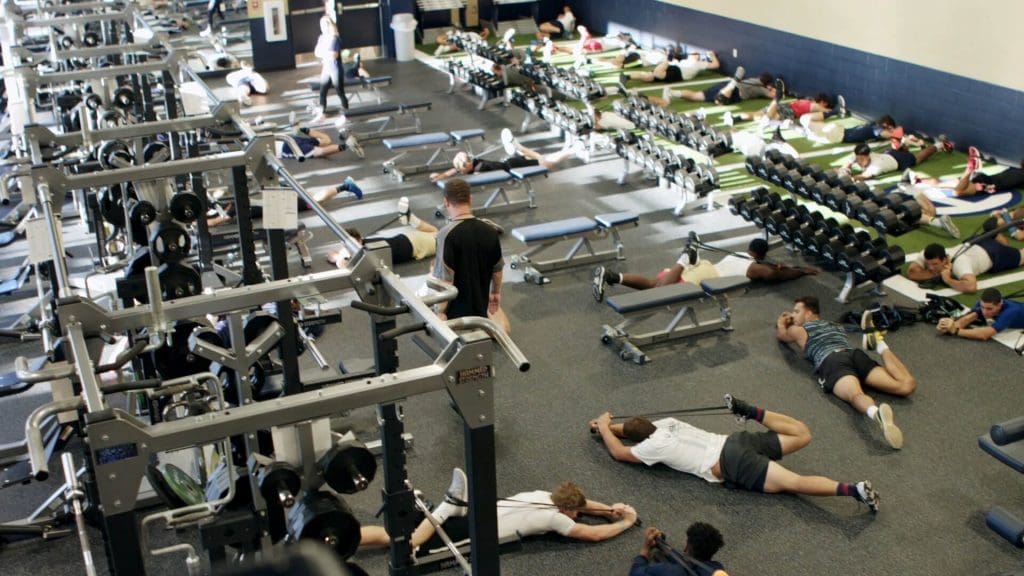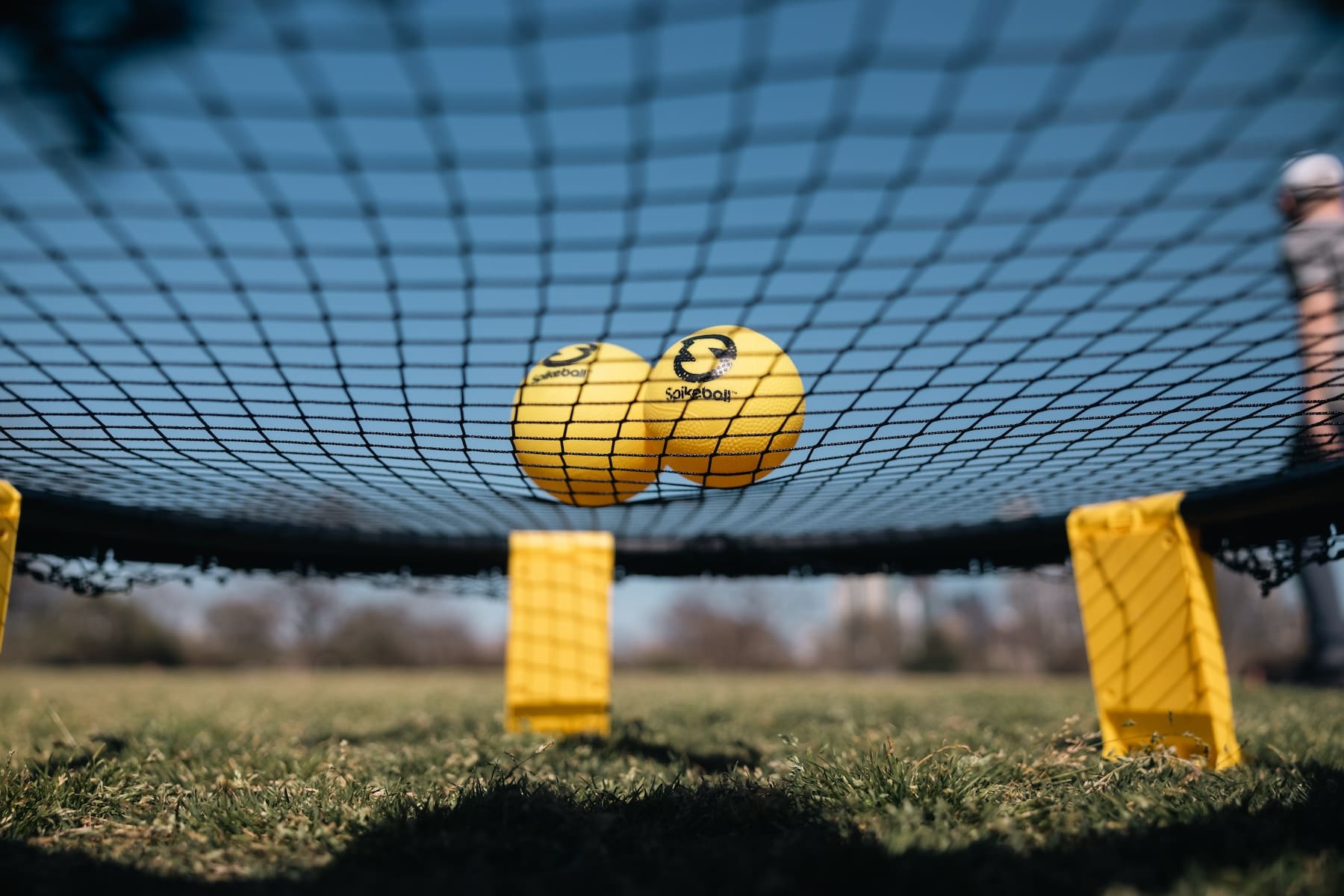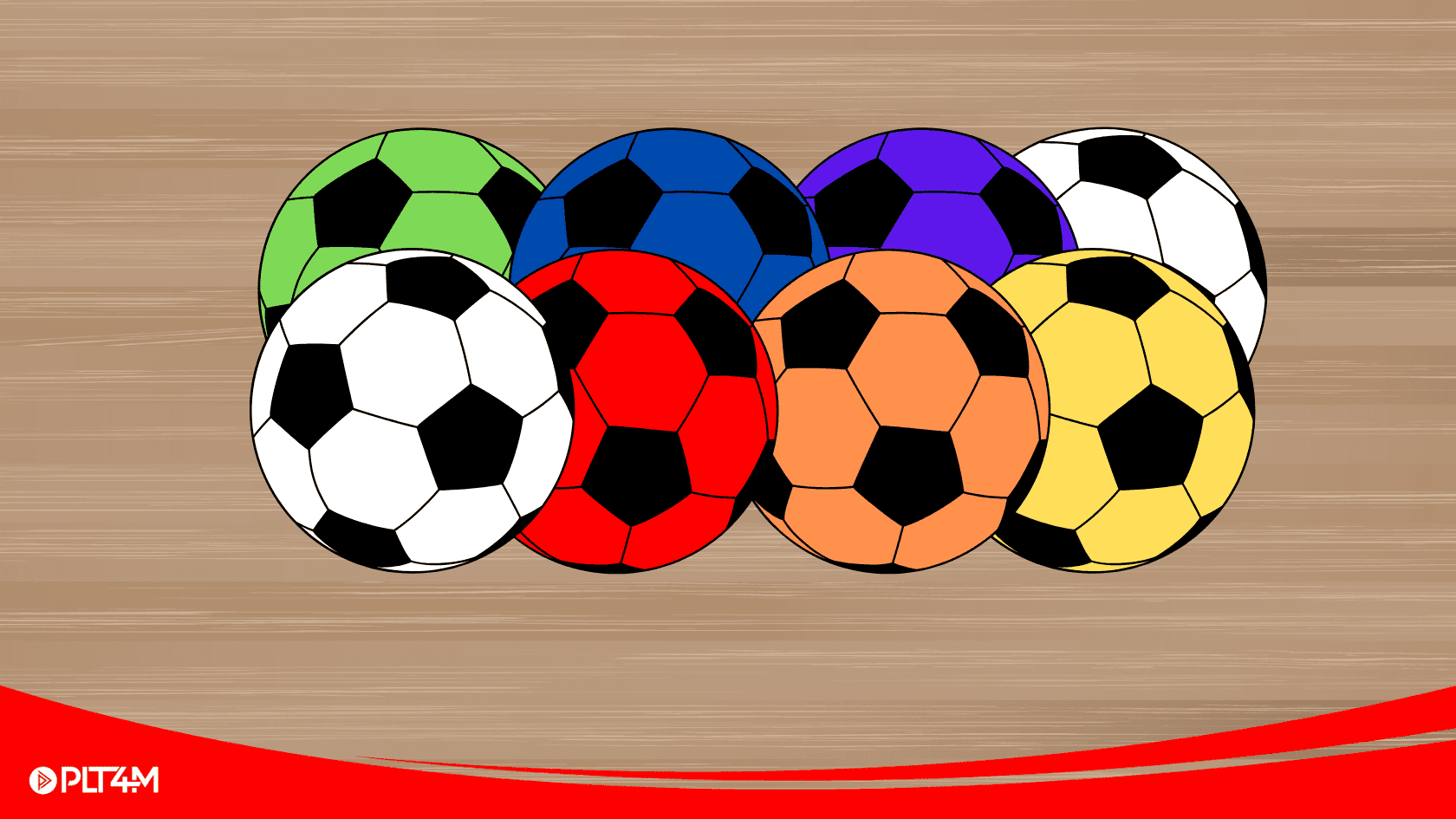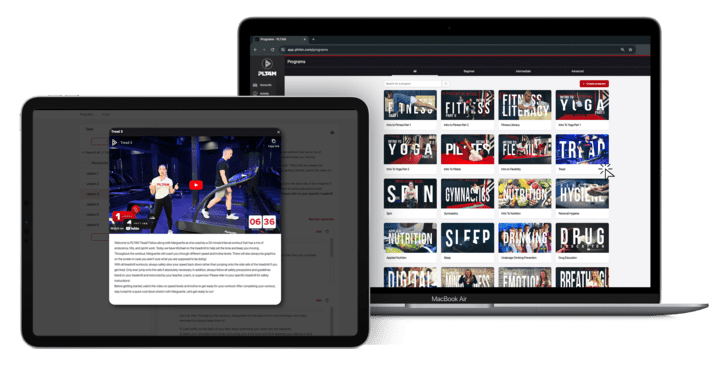[vc_row][vc_column width=”1/4″][vc_single_image image=”6977″ img_size=”medium”][/vc_column][vc_column width=”3/4″][vc_row_inner][vc_column_inner][vc_column_text]
ABOUT THE AUTHOR: MIKE WINKLER
- Archbishop Hoban High School (OH) Director of Strength and Conditioning
- NHSSCA Ohio State Director
- NHSSCA Regional Strength Coach Of The Year (2019)
- Featured on PLT4M’s Chalk Talk Podcast
5 Keys To A Successful HS S+C Program
Imagine a world where you have dozens of high school sports teams that are all bought into year-round training. It is a high school strength coach’s dream to have hundreds of student-athletes wanting to lift consistently. As high school strength and conditioning has developed in recent years, this dream is becoming a reality for many of us as coaches. For a lot of high school programs, much like ours at Archbishop Hoban, everyone has to lift after school. When trying to get every different team and group into the weight room consistently, I use these five keys to make it all work.1. Flow Comes First
Whether you have a state of the art facility or a closet in the field house, the flow comes first. It comes down to how many athletes can effectively work out in your space at any given time. To help with the flow of the weight room, think about the flow of the workout. For us, our workouts are set to take around 60 minutes. We start with a 12-minute dynamic warm-up as a large group and then separate into our smaller teams/groups for the ‘meat and potatoes’ of a session. Including warm-up, the main workout will take roughly 45 minutes. Lastly, the final 15 minutes of our workout is stretching and is done outside of the main weight room area. Because of the way the workout flows, I can schedule teams on 45-minute increments.2. Prioritize and Create Schedule
Because you have your flow, you can now craft a schedule that will get teams and groups into the weight room. The weekly schedule is where things get challenging. You cannot make everyone happy when it comes to perfecting the after school schedule. To be as fair as possible, make a list of priorities and stick to it:- 1: In-season
- 2A: Off-Season teams with upcoming season
- 2B: Off-Season teams that have committed turn out
- 3: Any teams that might not fit above categories





